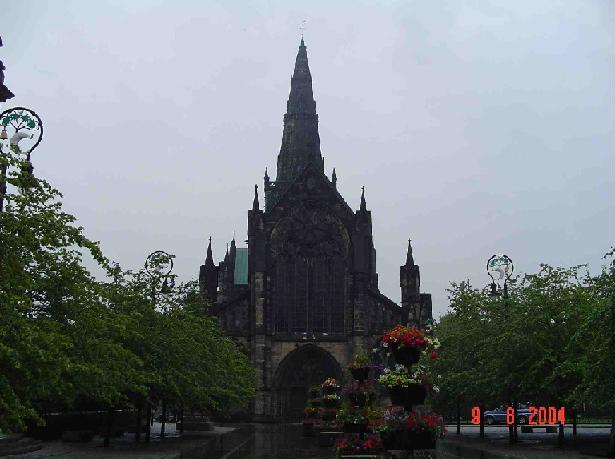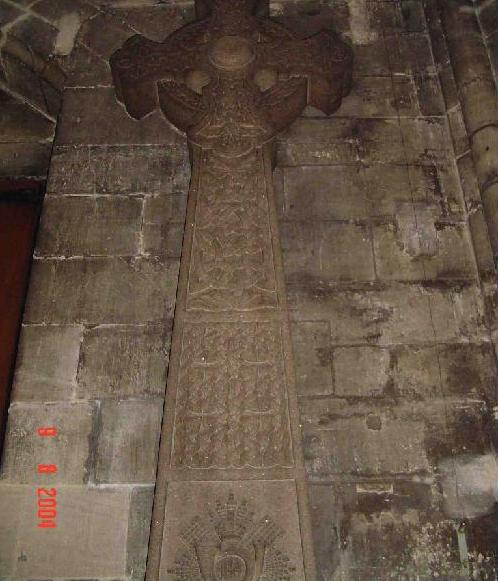
|
|

|
|
Glasgow Cathedral |
|
On our sixth day, we stayed in Glasgow as well. We decided to go to the Glasgow Cathedral and the Glasgow Museum. The history of Glasgow Cathedral:
There is little known about the church buildings that stood
on the site of the present Cathedral until the early part of
the 12th century. The first stone building was
consecrated in about 1136 in the presence of King David I
and his Court when John (1117-1147) was Bishop.
Destroyed or severely damaged by fire, this cathedral was
succeeded by a larger one consecrated in 1197, during the
time of Bishop Jocelyn (1177-1199) to whom we owe the
institution of the Glasgow Fair in July, which is still
observed as an annual holiday.
|
|
|
This page was created by Shannon McKay for a CPSC 150 project during the Winter 2005 semester. Please do not use photos without permission. |